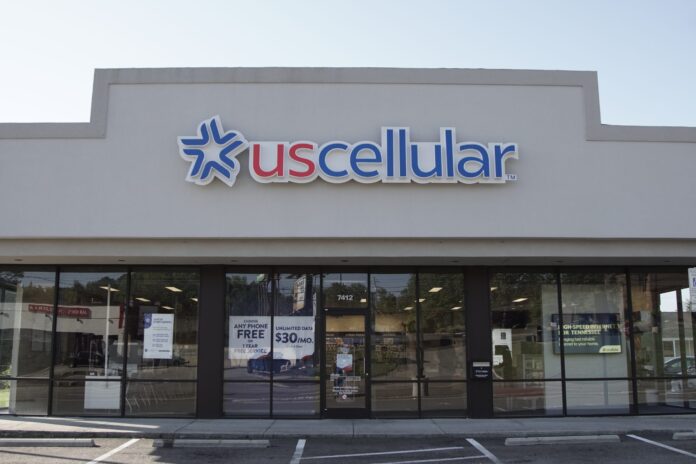US Cellular is the largest domestic regional operator
US Cellular and its parent company, Telephone & Data Systems, are exploring “strategic alternatives” for the largest regional U.S. cellular provider. The news sent the companies’ stock soaring, with US Cellular up nearly 90% in midday trading.
The companies said that they would be exploring “a range of strategic alternatives.”
“The TDS board believes that now is the right time for a comprehensive review of strategic alternatives for US Cellular. We will pursue the pathway that is in the best interest of shareholders,” said Walter C.D. Carlson, chairman of the TDS board.
US Cellular has 4.7 million retail connections in 21 states, and about 4,600 full and part-time employees. It is the fifth-largest U.S. cellular service provider (after Dish Wireless, which is still quite new to providing a facilities-based cellular service and serves most of its cellular customers as an MVNO) and is the longest surviving mid-sized, facilities-based mobile network operator in the U.S. As of the end of the second quarter of 2023, TDS owned 83% of the operator.
Laurent Therivel, president and CEO of US Cellular, said that he and the company’s leadership team “fully support the decision to review strategic alternatives. … We will remain focused on executing our plan and fulfilling our mission of connecting people to what matters most.”
TDS and US Cellular said that there was no definitive timetable involved and that they would not comment further on the process.
US Cellular reports results: FWA growth, but consistent handset losses
US Cellular’s numbers were generally down compared to the same period last year, a trend that the company has struggled to reverse. Service revenues dropped from $783 million in the second quarter of 2022 to $760 million, with net income at $5 million, down from $21 million in the year-ago period.
A bright spot for the company is its Fixed Wireless Access service, up 66% to 96,000. It hit the 100,000 mark in July, which Therivel called a “key milestone” for its FWA momentum. The company’s tower rental revenues, meanwhile, were up 10% year over year.
The carrier also noted that it now has midband 5G available inparts of Illinois, Iowa, Wisconsin, Maine, Missouri, Nebraska, Oklahoma, Oregon, Virginia and Washington.
Therivel said that postpaid handset churn improved slightly, but the operator is “challenged” in terms of gross additions, reporting 125,000 gross adds compared to 128,000 in the second quarter of 2022.
US Cellular has consistently reported postpaid handset losses in recent quarters, with net losses of 29,000 postpaid handsets this quarter; a loss of 25,000 handsets in the first quarter of the year; a loss of 20,000 handsets in the fourth quarter of 2022; and a loss of 22,000 handsets in the third quarter of 2022. In 2022’s second quarter, it lost 31,000 handset customers — so it improved that figure in this year’s Q2, but only somewhat. Its total churn dropped to 1.21% compared to 1.31% in the year-ago period. Prepaid churn was up slightly, from 4.07% in 2022’s second quarter to 4.18% in 2023’s second quarter.
US Cellular reported having nearly 7,000 cell towers in service, of which it owns more than 4,300.

